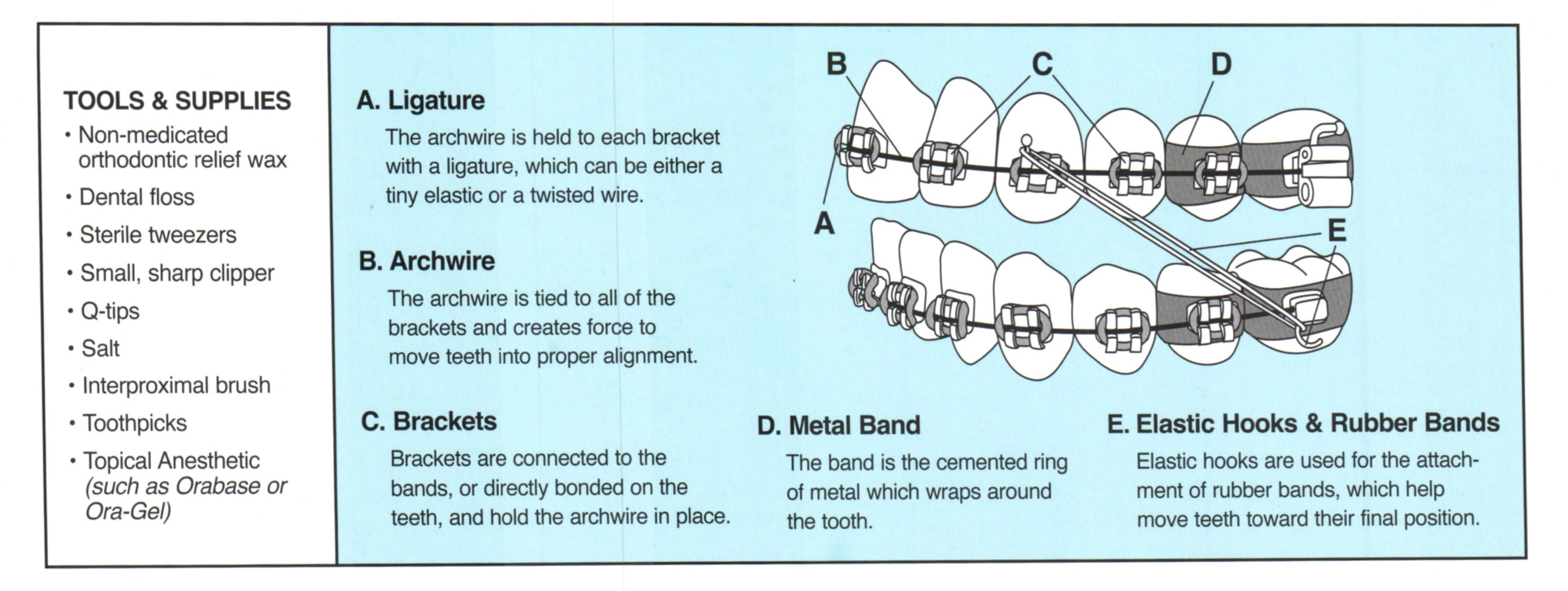While most people associate braces with orthodontic treatment, orthodontists use many different types of “appliances” to move or stabilize teeth and jaws. Some are designed primarily to move teeth (orthodontic), while others are used “orthopedically” to modify facial growth.
Fixed appliances are the brackets, bands, and wires most commonly associated with braces, as well as other devices used to hold some teeth in place while others are moved. Palate expanders, for example, are fixed appliances that widen the upper jaw (maxilla).
Removable appliances can be taken out of the mouth, which makes them simpler to clean but also easier to lose or misplace. Retainers and nightguards are examples of removable appliances


